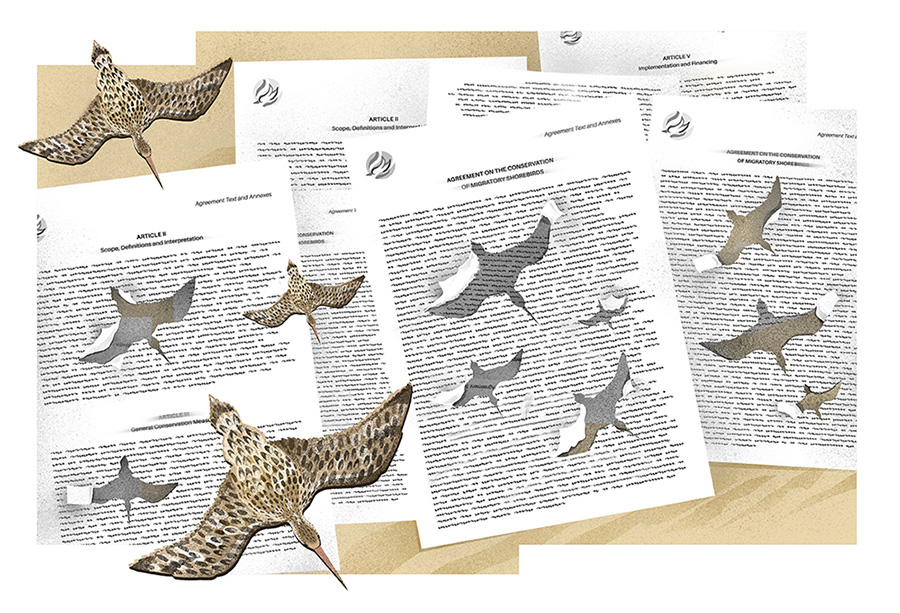First evidence of green turtles carrying passengers, piggyback style
Young green turtles on the Uruguayan coast hang around all year at the second largest South American estuary, the Rio de la Plata, as there is plenty of food. Once they become adults, these turtles recruit to adult populations all the way in UK, Venezuela and Africa. And new evidence suggests they might be carrying several passengers with them, riding on their shell!
Lezama and colleagues in Uruguay counted the number of Rapa whelks, large sea snails, on the carapace (upper shell) of 33 green turtles that were stranded or captured on the coast. They also measured the length of the carapace and weight of the turtles, to see if the whelks had detrimental effects on their hosts. Most turtles had severe injuries on their carapaces caused by the attachment of whelks. They found an average of eight to ten whelks on a turtle and up to 49 whelks on a single turtle, causing a 20% increase in weight! It turns out that the whelks take advantage of the turtles when the latter hibernate, and easily clamber on because the carapace is a harder substrate than the ubiquitous soft sand.
The scientists also expected that whelks would be harmful to turtles and reduce the latter’s body weight. But they were surprised when they found larger and heavier turtles carried more whelks. May be the healthier a turtle is, the more whelks it can support. The scientists now want to see if the added weight affects buoyancy, the extent of damage to the carapace and also how long they remain on the turtles. Do they take these free rides all the way to Africa and the UK remains to be seen.

Further reading:
Lezama C, Carranza A, Fallabrino A, Estrades A, Scarabino F & M López-Mendilaharsu. 2013. Unintended backpackers: bio-fouling of the invasive gastropod Rapana venosa on the green turtle Chelonia mydas in the Río de la Plata Estuary, Uruguay. Biological Invasions, 1-5.(2012).





